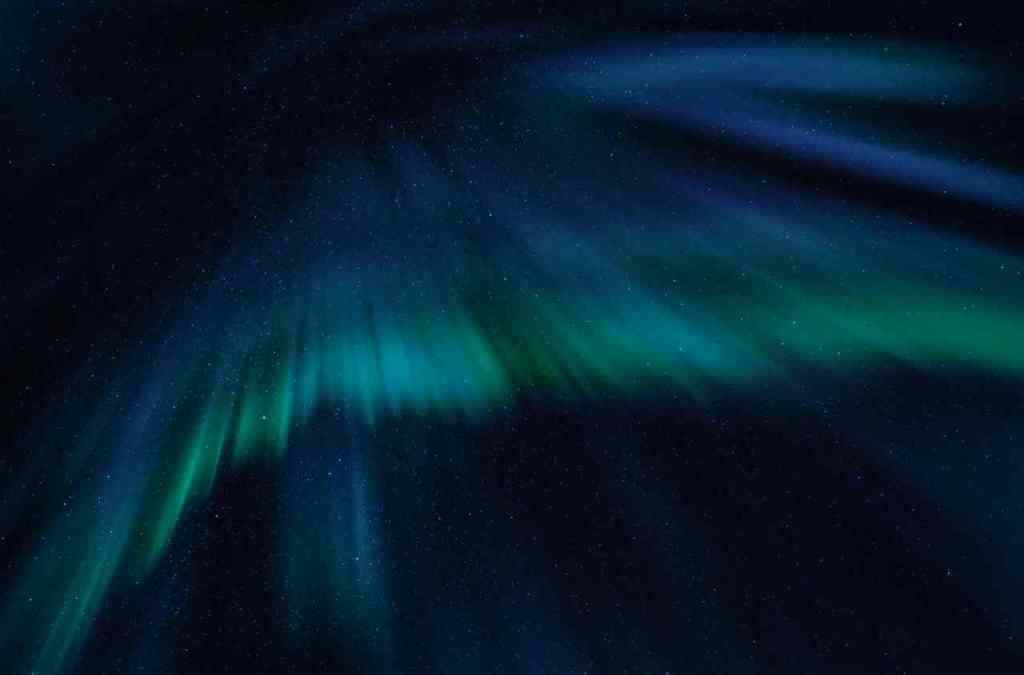Exploring the Intricate Symphony of Planetary Aurorae
Aurorae, the celestial symphony of lights that dance across polar skies, have captivated human imagination for centuries. These ethereal displays are a testament to the enigmatic interplay between planetary magnetic fields, solar wind, and the cosmos itself. Recent advancements in space exploration have unveiled the diverse manifestations of these cosmic light shows on planets beyond Earth, enriching our understanding of these celestial wonders.
Unraveling the Diversity of Planetary Aurorae
While Earth’s vibrant “Northern and Southern Lights” have long been a source of awe, researchers have discovered that other planets in our solar system exhibit equally mesmerizing auroral displays. Saturn’s enigmatic “ring” and “spoke” patterns, Jupiter’s gigantic “auroral curtains,” and even the faint whispers of aurorae on Mars have captivated scientists and stargazers alike.
A Unified Framework for Auroral Morphology
To unravel the underlying factors that govern the diverse auroral displays across planets, a team of researchers embarked on a groundbreaking study. Employing three-dimensional magnetohydrodynamics calculations, they identified a crucial parameter that holds the key to understanding the primary auroral structure across planets. This parameter, a combination of solar wind conditions and planetary rotation, provides a unified framework for comprehending the intricate tapestry of auroral patterns.
Exploring the Enchanting Symphony of Planetary Aurorae
A Unified Framework for Auroral Morphology
Researchers have developed a comprehensive framework that elucidates the fundamental principles governing auroral morphology across planets. This framework hinges on a critical parameter that integrates solar wind conditions and planetary rotation, providing a unified understanding of the diverse auroral patterns observed in our solar system.
The Role of Solar Wind and Rotation
Solar wind, a continuous stream of charged particles emanating from the Sun, interacts with planetary magnetic fields, shaping the location and structure of auroral emissions. The interplay between solar wind and planetary rotation dictates the unique characteristics of each planet’s aurora.
Earth’s Captivating Aurorae
Earth’s robust magnetic field and moderate rotation give rise to the captivating Northern and Southern Lights. These aurorae manifest as vibrant oval patterns that dance around the magnetic poles, painting the night sky with ethereal hues.
Saturn’s Enigmatic Auroral Display
Saturn’s weaker magnetic field and swift rotation result in a more enigmatic auroral display. Its aurorae often exhibit a diffuse and dynamic character, frequently forming distinctive ring or spoke patterns that add to the planet’s celestial allure.
Jupiter’s Majestic Auroral Curtains
Jupiter’s colossal magnetic field and rapid rotation produce awe-inspiring auroral curtains that stretch deep into its massive atmosphere. These curtains span thousands of kilometers, creating a breathtaking spectacle that illuminates the planet’s polar regions.
Implications for Space Exploration and Forecasting
Understanding the intricacies of planetary aurorae has significant implications for space exploration and forecasting. By monitoring and forecasting auroral activity, scientists can safeguard spacecraft and astronauts from the harmful effects of space weather, ensuring the safety of future missions.
Expanding Horizons: Exoplanetary Aurorae
The research framework not only enhances our understanding of auroral patterns within our solar system but also provides a roadmap for studying aurorae in exoplanetary systems. This opens up new avenues for astrophysical exploration, expanding our knowledge of celestial phenomena beyond our cosmic neighborhood.
Conclusion
Through meticulous scientific analysis, researchers have unveiled the intricate symphony of planetary aurorae. The interplay between planetary magnetic fields, solar wind, and rotation governs the diverse and enchanting auroral displays observed throughout our solar system. This knowledge not only deepens our appreciation of these celestial wonders but also opens up new horizons for space exploration and expands our understanding of the cosmos.
